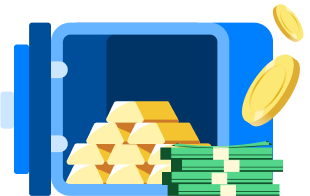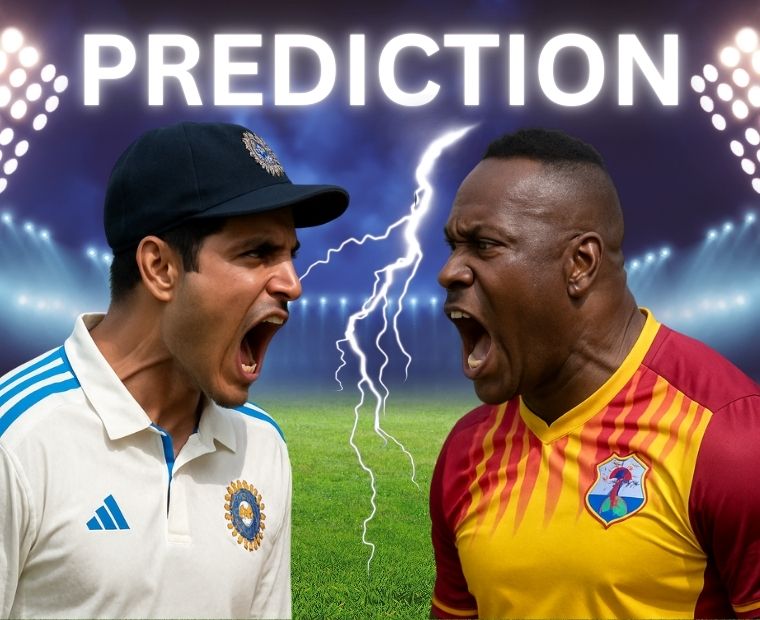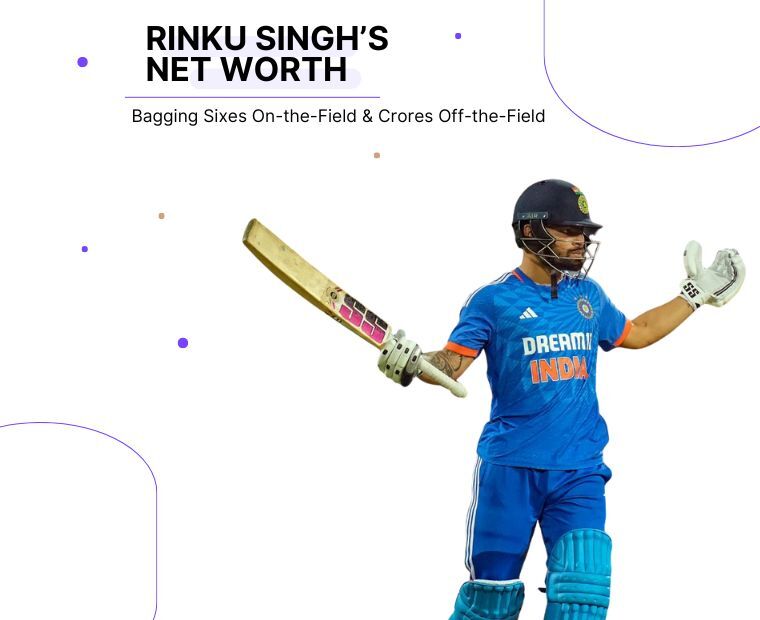
Table of Contents
Modified On:
Read all about 'buy' and 'sell' price, price spread and the reason behind the spread before you invest in any commodity.
Have you ever invested your money in any financial instrument except stocks - mutual funds, Gold, Silver, bonds, futures, etc?
Whether you have or haven't, whenever you want to buy precious metals, or invest and trade in any commodity, you must have come across two different prices - the 'sell' price and the 'buy' price.
What are these two prices and why is the 'sell' price lower than the 'buy' price in every commodity? Let's explore.
What is 'buy' and 'sell price'?
The 'buy' or 'bid' price is the one you'll pay to buy a share or any other commodity. The 'sell' or 'ask' price is the one you will receive when you sell that share or commodity.
The Price 'Spread'
The difference between the 'buy' and 'sell' prices is the commission you'll pay to the broker or intermediary body who executes your trade - called the 'spread'.
Buyers and sellers might theoretically be connected electronically. But, as long as the trades are handled by humans, they must be compensated in some way.
The spread is usually centred on the market price, which is somewhere between the buy and sell prices.
Your trading asset's 'buy' price will always be higher than its 'sell' price. In addition, the price you pay/receive will change somewhat from the market price due to the spread.
Here's how Value Research explains the spread with an example in case of Mutual Funds.
Suppose you want to invest Rs 5,000 in a fund, whose NAV (Net Asset Value) is Rs 12 and charges an entry load of 2%.
This mean that the price at which you would purchase units from the fund would be 2% higher than the NAV. 2% of Rs 12 is Rs 0.24.
So, your purchase price will be the NAV plus this sum, i.e., Rs 12.24. So in the case where entry load is levied, the purchase price becomes higher than the NAV.
Another way of looking at this is that 2% of your investment would be deducted towards meeting the load. 2% of Rs 5,000 is Rs 100.
This means that of the Rs 5,000 investment amount, only Rs 4,900 would go to the fund, with Rs 100 going towards meeting the load.
Similarly, when you exit a fund whose current NAV is Rs 12 and it levies an exit load of 2%, the sell price would work out to Rs 11.76.
Here the load, Rs 0.24 (2% of NAV, Rs 12) is deducted from the NAV. As a result of this, selling price in case of an exit load is always lower than NAV.
The spread can also be used by investors to gauge a stock or commodity's liquidity. While the price spread is controlled, it can vary significantly, and exorbitant fees can quickly deplete any investment returns.
Infact, many individual investors struggle to understand how much they're paying and where all of their fees are going.
Popular stocks have lower spreads, and greater spread will be found on a stock that is only traded in small quantities or is a difficult trade.
So in popular stocks, you don't have to pay as much as you would on less popular or illiquid equities.
Let's take an example. Think of your broker to be a shopkeeper that has products with continually fluctuating prices.
Bottled water is the most popular item of his shop. The shopkeeper claims he has purchased the bottles for 15 rupees each and will offer them to you for 20 rupees each.
Because it is a hot day, they will sell a lot. He gets the same water for 10 rupees a bottle on a chilly winter day, but he needs to increase margins to accommodate for poor sales, so he'll sell it to you price at 25 rupees now.
So keep a watch on the spread. Knowing how liquid a stock is crucial because if you're trading, you'll need to know how easy it is to find a buyer for your commodity.
Examining the so-called "expense ratio" is one of the simplest ways to compare funds. Though not all expenses are covered, this is designed to show you what percentage of the fund's assets are utilised to pay fees and commissions to the intermediary body as well as the many traders and brokers that get a piece.
Because there is no correlation between the amount of fees you pay and the fund's performance, the higher the cost ratio, the more likely your fund will lag behind other funds in its category.
There are two important terms you should know:
- Long Position : When you acquire an asset with the hopes of seeing its price rise, you are taking a long position.
- Short Position : When you sell an asset in the hopes of its price falling, you are taking a short position.
Note that the demand grows when buyers outnumber sellers, and prices rise as a result. When the number of sellers outnumber the number of buyers, supply rises while demand and price fall.
Price Spread in Gold
Everything has a different buying and selling price. Gold is no exception. Even in Gold, there is a 'buy' price for something that someone wants to purchase and an 'sell' price for something that someone wants to sell.
When a buyer and seller agree to make a price concession, they have established a bargain.
The buying and selling prices in many marketplaces are frequently very close. And it's typically closer in Gold as compared to other marketplaces.
Gold, like any other traded commodity, has a buy-sell spread. The 3% GST and additional handling and processing expenses account for the spread in Digital Gold buy and sell transactions.
Price volatility, supply, external market circumstances, and other variables all influence the spread.
The buying and selling price of digital gold is regulated and decided based on multiple factors by regulatory authorities and gold partner.
Read more about the difference between Physical Gold and Digital Gold here.
You can buy and sell Digital Gold through the Jar app easily - at anytime and anywhere.

Save Money in Digital Gold

.svg)







.png)
.png)











.jpg)


